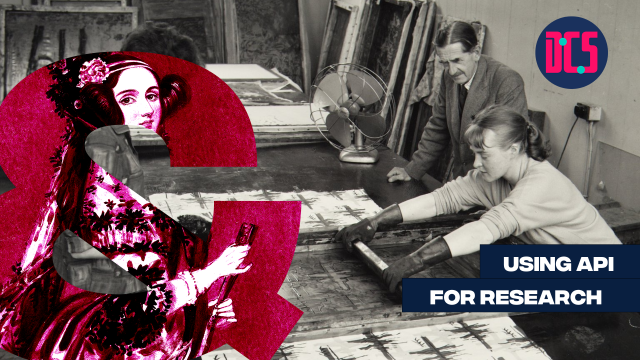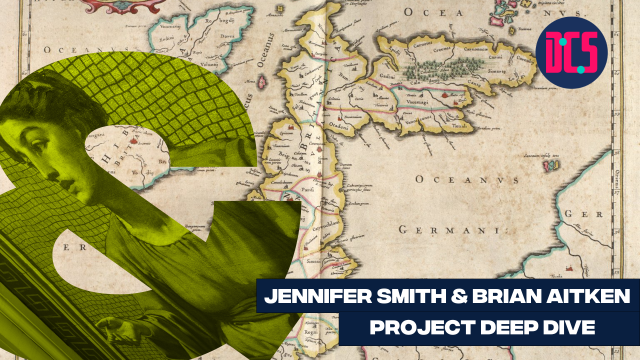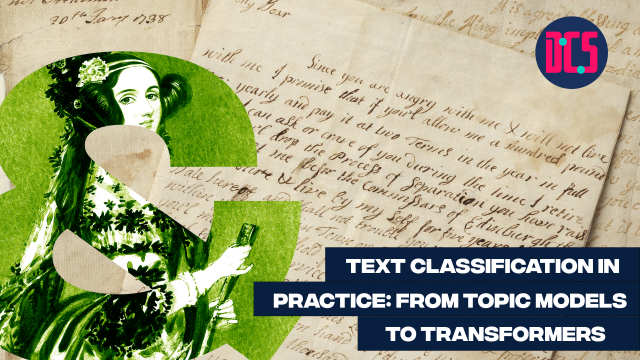Training: Visualizing Your Data Using R
This practical workshop serves as an introduction to programmatic data visualization.
This workshop teaches participants the basics of R, an immensely powerful and flexible language for data analytics and visualization. We will quickly go through just enough of the programming and explorative data analysis basics before diving into a variety of graphs - for numeric, categorical, textual, and network data, starting with simple static plots and moving on to creating interactive, animatable, multifunctional figures. We will also look into how to embed such app-like plots into a website, your next conference slides, or into teaching materials. We will be making use of modern packages such as ggplot2, quanteda, plotly and other htmlwidgets. By the end of the workshop, you will know how to choose a suitable visualization for a given data type, and how to execute it either via traditional static plotting methods or the interactive alternatives.
Prior programming experience is not required.
Please see the workshop's github page for installation instructions.
Digital Scholarship Centre
Digital Scholarship Centre, 6th floor
Main Library
University of Edinburgh
Edinburgh EH8 9LJ












